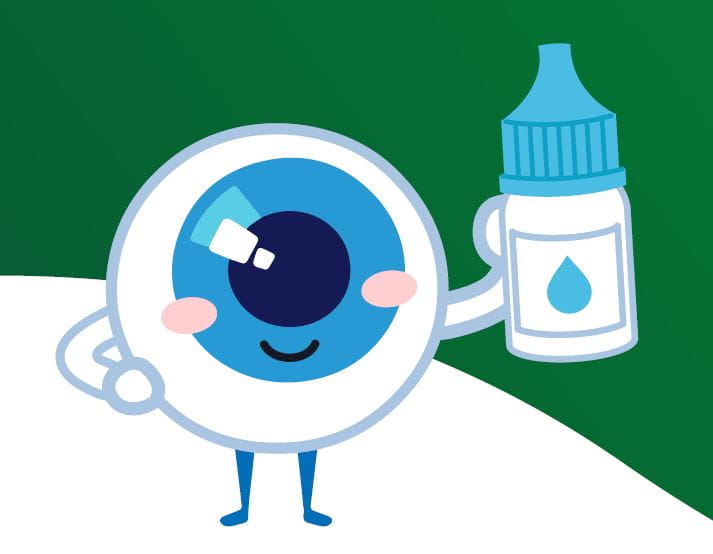Speaker - Aitana Munguia
Off late, the focus has been on reducing the rate of myopia progression targeted individuals who already exhibited myopia and specific refractive values. However, the importance of risk factors remains crucial particularly the age of onset, which significantly influences myopia development. Earlier treatment led to greater success, prompting the consideration of targeting pre-myops. Hence, preventing myopia was a more valuable objective than addressing myopia itself.
Pre-myopia referred to a refractive error close to emmetropia that indicated a likelihood of developing myopia in the future. It was important to consider the differences in myopia onset, as childhood myopia typically appeared while the eye was still growing, usually between ages eight and thirteen. In contrast, adult myopia developed after the eye was fully formed, remains to be an area with limited findings. Thus, myopia management primarily focuses on childhood myopia.
Age has been an important risk factor for myopia. Numerous studies, particularly within Asian populations, indicated that the earlier myopia appeared, the higher the likelihood of developing more severe myopia. Research also demonstrated this correlation in populations beyond Asia, suggesting it was a common factor among humans. Thus, awareness of the age of first onset was emphasized as crucial in the context of myopia management.
Differentiating myopia management criteria for children remain essential, particularly since infants typically did not present with myopia. Most cases of myopia appeared after age eight, although rare instances of high myopia in children under six were noted, albeit at very low rates. This early-onset myopia was often not related to axial length, prompting the need for careful consideration of its underlying causes, such as corneal or other optical factors. These cases, which typically progressed rapidly and often stabilized around age five, required close monitoring to evaluate the rate of progression. If myopia continued to grow, a case-by-case approach to myopia control treatment has been vital, especially given the limited clinical information available regarding the development and management of early-onset myopia.
The timing of myopia onset was crucial, particularly in relation to the emmetropization process, where hyperopia decreases rapidly in the first year of life. Evidence suggested that lower hyperopia and faster axial length elongation could be observed in children three to four years before myopia onset. Therefore, careful study of these patients was recommended to prepare for the onset of myopia. Attention to patients under ten years old has been prompted, given the importance of this developmental stage.
If myopia is viewed as a failure in the emmetropization process, then low hyperopia could serve as an indicator of myopia potentially occurring in future. Recommendations highlights the correlation between low rates of hyperopia and age. This information is valuable while assessing patients with these refractive errors, as it can inform decisions about when to initiate myopia control treatment or monitoring. While hyperopia is still present, the treatment of myopia should not commence.
Hyperopia could serve as a useful risk factor predictor for myopia onset. Several studies indicated that cycloplegic autorefraction revealing 0.75 diopters or less of hyperopia at a mean age of 8.6 years demonstrated high sensitivity of 87% and specificity of 73% in predicting the onset of myopia in children.
The European Academy of Orthokeratology and Myopia Control (EurOK) protocol emphasized the importance of a comprehensive exam for myopia evaluation. It highlighted that assessment should not only include refraction and axial elongation but also consider binocular vision. Subsequently, numerous studies demonstrated a significant correlation between binocular status and risk factors for myopia development.
In evaluating the degree of myopia in children, four different techniques could be taken into consideration. Primarily, single patient refraction under ophthalmological control. Retinoscopy served as an objective refraction method performed in the dark. Subjective refraction imitating cycloplegic effects, while the late subject technique involved using near accommodation and the negative relative accommodation test, applying a plus prescription for distance vision to achieve 10/10 visual acuity. Lastly, cycloplegic refraction remain crucial for a comprehensive evaluation of refraction, as it eliminates the influence of accommodation and conventions.
Cycloplegic refraction has been regarded as the gold standard in myopia management. As prescribing lenses that overcorrected for the patient could lead to complications. A study demonstrated the correlation in measurement errors between cycloplegic and non-cycloplegic refraction. Therefore, it was essential to perform cycloplegic refraction prior to making any decisions regarding myopia management.
The importance of binocular vision, showing key values such as a high lack of accommodation, reduced accommodative flexibility, and esophoria, all of which correlated significantly with myopia development. Additionally, the reduction in working distance for close tasks was concerning; the closer a child positioned themselves to their work, the more likely they were to tilt their head. This head tilt was associated with aniso-accommodative demands, negatively affecting peripheral focus, which could exacerbate myopia. Therefore, promoting good posture during near work was encouraged to enhance the success of myopia management treatments.
42nd Congress of the European Society of Cataract and Refractive Surgeons, 6 – 10 September 2024, Fira de Barcelona, Spain.




